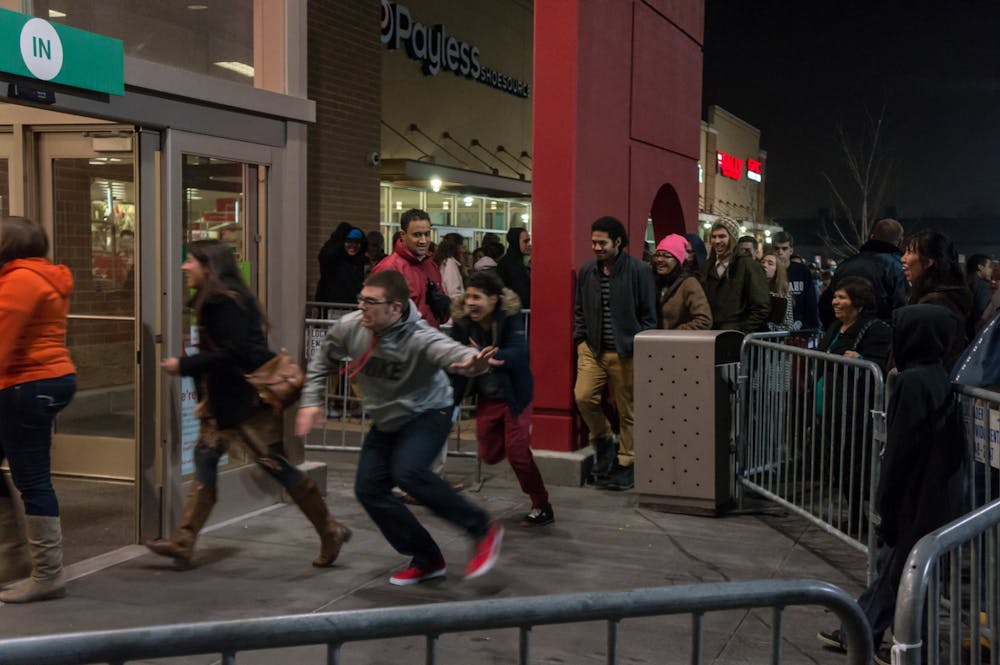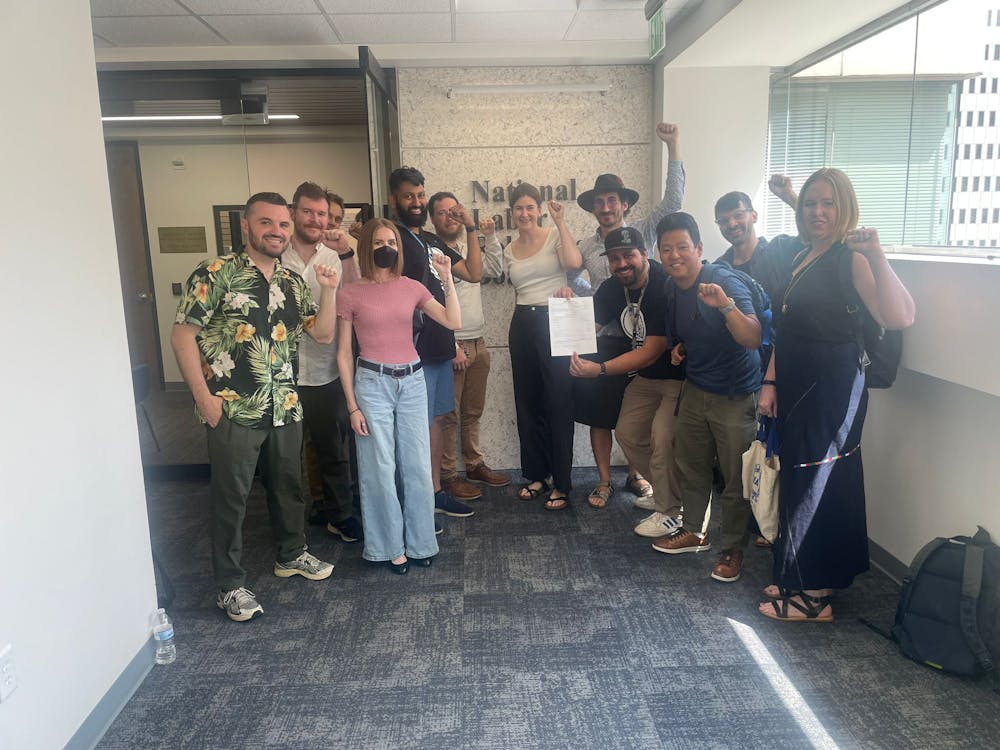Halloween is officially over, which means the next holiday Americans have to look forward to is Thanksgiving. And with Thanksgiving comes Black Friday shopping, the biggest shopping event of the year. Thanksgiving weekend and Black Friday last year saw 186.4 million U.S. shoppers, each of whom spent an average of about $311. Online sales hit $14.13 billion in 2020, which was an almost 20% increase from 2019.
Heading into this year, however, retailers are facing supply-chain disruptions which could limit the availability of clothing, toys, electronics and other goods during the holiday shopping season. These disruptions mean consumers should expect fewer deals going into holiday shopping since retailers will have less product in their inventories due to delayed shipments and traffic jams. These delays will also likely affect key holiday items like Thanksgiving turkeys and artificial Christmas trees.
In an interview with The News-Letter, Tinglong Dai, professor of operations management and business analytics at the Carey Business School, explained some of the causes of the logistical nightmare unfolding as the holiday season approaches.
“Supply chain is about all the resources, the people, money and information connecting supply and demand. Last March, when people stopped going to work, the demand for services reduced but the demand for goods actually increased,” he said. “By June 2020, the demand for goods already exceeded the pre-pandemic level. So basically people bought a lot of things. For example, if you start working from home, you need to have a nice office desk, computers, electronics, printer and papers.”
Because people were suddenly spending a lot of time at home, many invested in forms of entertainment like TVs or toys for their children. According to Dai, the increase in demands for goods combined with a depleted inventory in 2021 led retailers to start panic ordering, which led to a huge increase in the number of goods shipped to the United States.
“There was a 20-30% increase in the number of containers arriving at the U.S. than ever before,” he said. “And 20% may not look like a big number, but just remember that the system was already running almost at full capacity. If you add just a little bit, that’s catastrophic.”
Compounding the problem of congestion from an increased number of arrivals to the U.S. is the country’s limited domestic transportation system. Once goods arrive, they need to be transported from ports to warehouses, then from warehouses to retailers, then from retailers to shelves. Retailers lack enough labor to handle the increased demand for goods.
Dai explained that this means consumers will face less variety, higher prices and fewer discounts this holiday season.
“As consumers we’ve been spoiled. If you want to buy shoes, you have thousands of options. Now you don’t have a thousand — you have, let’s say, 750. That’s still a lot, but it’s a relative shortage,” he said.
He also noted that this will require shoppers to be more flexible with their gift lists.
“You’re going to have trouble buying that perfect Christmas gift. Or if you want to buy electronics, you might not have the smartphone model or printer you need. But it’s relative,“ Dai said. “Consumers have to settle for what they have rather than what they really desire or maybe just wait a little bit.”
According to Dai, current estimates suggest that the shortage crisis will be over by the second quarter of 2022, which means about half a year from now or longer. However, shortage and surplus are tightly interwoven and consumers could be seeing excess goods by the end of this.
“I study the flu-vaccine supply chain. What I’ve found is every year, [many states] have a shortage issue around September or October, but by the end of the season you have 15-20% of flu shots left unused,” he said. “Shortage and wastage coexist when you have a supply-chain crisis.”
There are some solutions to prevent crises like this from happening again, but they are difficult to implement. One option is to diversify where consumers buy goods from and to ramp up domestic production. Dai, however, believes the solution is not so simple.
“America isn’t producing enough engineers, technicians, factory managers or production managers to support such an industry. Unfortunately, we have lost the art of manufacturing things,” he said.
Another potential solution, according to Dai, is to build a better railway system. About half of goods in the U.S. are transported by rail, the other half by trucks. A better national railway system could transport goods more efficiently and safely and increase the flexibility of the domestic transportation system to handle an influx of goods.
“Our railway system is extremely outdated, inefficient and also very dangerous. I really think this is low-hanging fruit,” he said. “We have the most extensive railway network of any country, but it’s just so low tech.”
For the short term, consumers should aim to buy early and buy local to get the most out of their holiday shopping.





